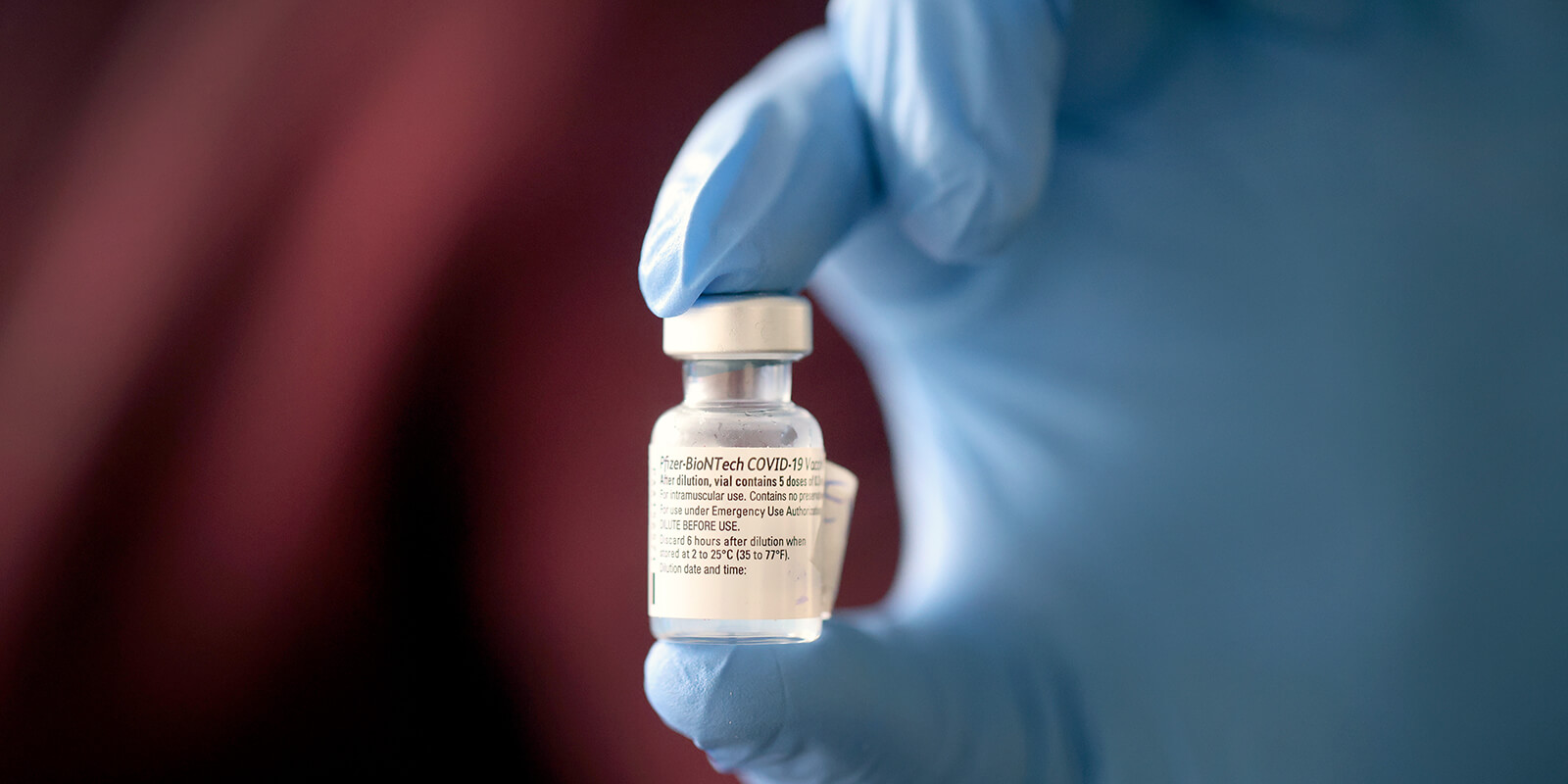The nation’s four largest public sector unions, AFSCME, SEIU, AFT and NEA, sponsored a virtual town hall with leading scientific experts, academics and government officials to explain the safety, efficacy and equitable distribution of the COVID-19 vaccines.
A big goal of Tuesday night’s town hall was to reassure union members that the vaccines are safe and effective and that they shouldn’t hesitate to get vaccinated when it’s their turn.
More than 8 million members of the four unions have been on the front lines of the pandemic, serving their communities, caring for the sick and the elderly, and keeping our cities, towns and schools functioning. Many of them will be among the first to receive the vaccines.
The experts’ responses offered a window into not only how the vaccines were developed safely, but how experts prioritized vaccine distribution equitably, across diverse communities.
The town hall was moderated by Dr. David Michaels of the George Washington University School of Public Health, who served in the Obama administration and is a member of the Biden-Harris COVID advisory board.
Michaels asked Dr. Peter Marks of the Food and Drug Administration, which evaluates the safety and efficacy of vaccine candidates, to explain the criteria by which the Pfizer and Moderna vaccines, the two currently available in the U.S., were given emergency authorization.
“They met a clear efficacy end point … and they are about 95% effective across the entire age range, from 18 on up,” Marks said. “They were equally effective in a variety of ethnic and racial backgrounds, including the Black and Latinx communities.”
Marks noted that while they were comfortable with the vaccine’s “safety profile,” they did not have the follow-up data from trial participants that extended 6 months or one year beyond vaccination, as is typical.
Nevertheless, Marks said, “The process has led us to feel very comfortable recommending these vaccines, and they make us comfortable enough that we’re willing to take them and recommend others take them.”
In fact, AFSCME President Lee Saunders, who is in a priority age category, received his first dose of the vaccine Tuesday, and said he’s eager to receive his second dose.
After the FDA does its part, explained Dr. Nancy Messonnier of the Centers for Disease Control and Prevention, the CDC provides another “check and balance” by also reviewing the safety and efficacy data. The next step, according to Messonnier, is for the CDC’s Advisory Committee on Immunization and Practices (ACIP) to develop a framework for prioritizing and distributing vaccines.
